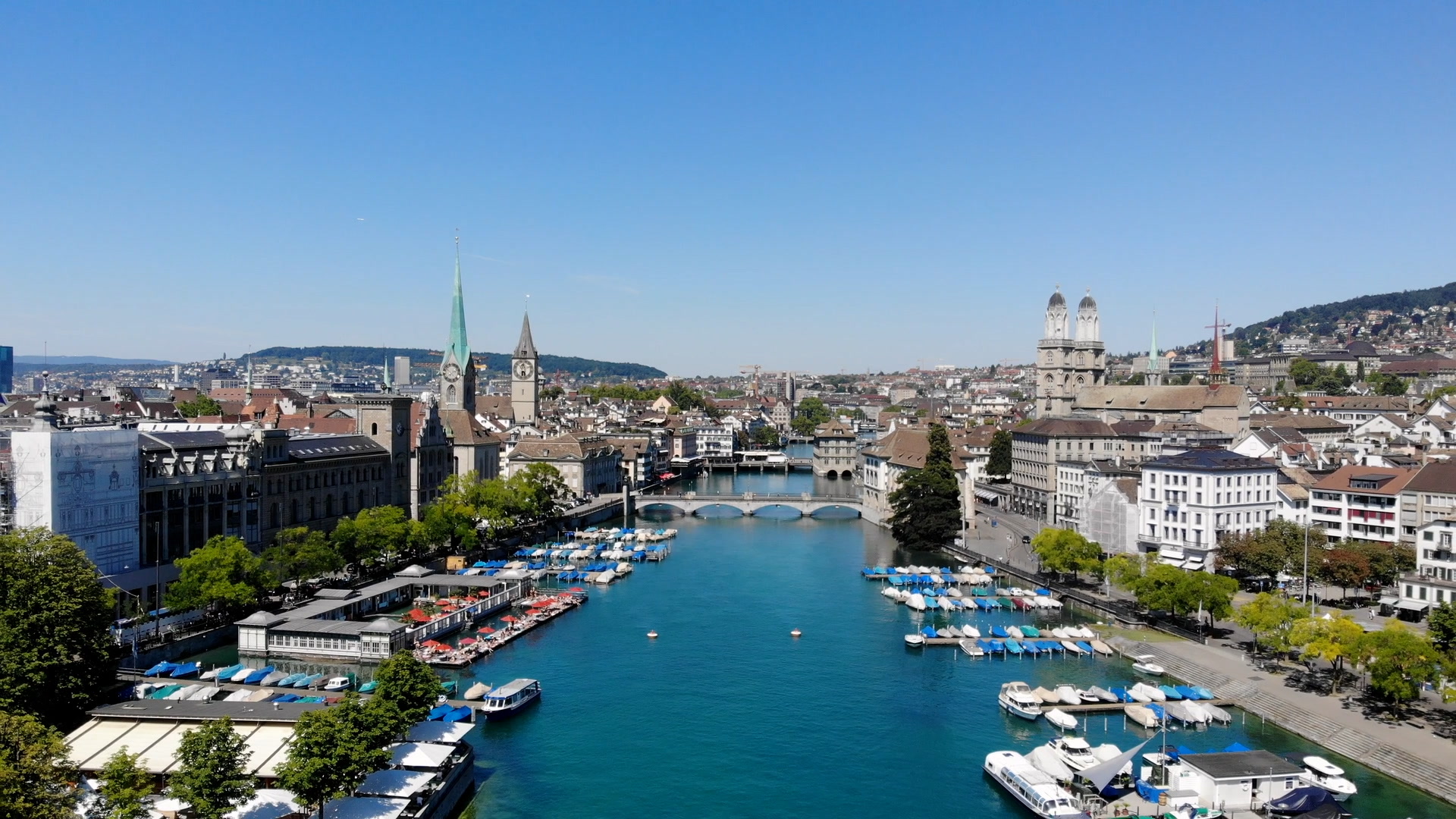Why public spaces are a basic need for cities


Get involved with our crowdsourced digital platform to deliver impact at scale
Stay up to date:
Social Innovation
We often think of amenities such as quality streets, squares, waterfronts, public buildings, and other well-designed public spaces as luxury amenities for affluent communities. However, research increasingly suggests that they are even more critical to well-being of the poor and the development of their communities, who often do not have spacious homes and gardens to retreat to.
Living in a confined room without adequate space and sunlight increases the likelihood of health problems, restricts interaction and other productive activities. Public spaces are the living rooms, gardens and corridors of urban areas. They serve to extend small living spaces and providing areas for social interaction and economic activities, which improves the development and desirability of a community. This increases productivity and attracts human capital while providing an improved quality of life as highlighted in the upcoming Urbanization in South Asia report.
Despite their importance, public spaces are often poorly integrated or neglected in planning and urban development. However, more and more research suggests that investing in them can create prosperous, livable, and equitable cities in developing countries. UN-Habitat has studied the contribution of streets as public spaces on the prosperity of cities, which finds a correlation between expansive street grids and prosperity as well as developing a public space toolkit.
The lack of provisions for public spaces hamper economic activities, pollutes the environment, and reduces social stability and security. Unplanned urbanization and population growth further exacerbates this situation as growing pains in cities like Dhaka illustrate. Public spaces should be considered a basic service, with the same priority as transport, water and sanitation which communities often primarily focus their resources on.
Public Space as an Instrument of Urban Transformation
We have seen an increase in demand from client cities to enhance urban spaces as a part of their urban projects. Some of these requests have been included as a part of several operations across South Asian countries, and incorporated in recent World Bank projects in cities including Colombo, Kandy and Galle in Sri Lanka as well as Chennai in India.
Fortunately, there are notable examples of success from South Asia and beyond. The World Bank-assisted project of the Lahore Walled City restored centuries-old streets and homes within the historic Walled City while improving infrastructure and streets. Families now enjoy a better quality of life, businesses generate increased profits, and the community has a greater sense of participation in improving their lives. Another project under preparation for riverfronts along the Ganga in India will see their revitalization into vibrant public spaces, to improve local economic and cultural development. In Sri Lanka, the Strategic Cities Development Project seeks to make Kandy and Galle more pedestrian-oriented through public spaces after decades of car-oriented planning.
There are many sound examples outside of South Asia that the region can learn from. In Medellin, Colombia, the city has successfully upgraded the urban environment of poor communities through the creating public spaces and promoting connectivity through the innovative use of cable cars to provide mobility for residents residing in slum areas. In Mostar, Botswana, the city redesigned war-torn urban areas into vibrant public spaces to remind the public of the devastation left by conflict and to promote reconciliation. This can potentially serve as examples for post-conflict environments in South Asia. In Cape Town, South Africa, the government has recently implemented a public space strategy to provide urban public space in and around the city on a larger scale. The bottom-up regeneration of Shanghai’s Tianzifang neighborhood has rejuvenated a historic alley, acting as a catalyst for city-wide urban regeneration to transform the city and increase its cultural and economic vibrancy while increasing livability.
Despite the numerous successful examples, the need for public spaces has not been given the attention that it deserves, in terms of policy and action in developing countries. Cities must recognize the role that quality public spaces can play in meeting the challenges of our rapidly urbanizing world.
This article originally appeared on The World Bank’s End Poverty in South Asia Blog. Publication does not imply endorsement of views by the World Economic Forum.
To keep up with the Agenda subscribe to our weekly newsletter.
Author: Sangmoo Kim works in Urban, Rural & Social Development Unit, the World Bank as an urban specialist based in Washingion, D.C.
Image: Joggers run past as the skyline of Singapore’s financial district is seen in the background. REUTERS/Edgar Su.
Don't miss any update on this topic
Create a free account and access your personalized content collection with our latest publications and analyses.
License and Republishing
World Economic Forum articles may be republished in accordance with the Creative Commons Attribution-NonCommercial-NoDerivatives 4.0 International Public License, and in accordance with our Terms of Use.
The views expressed in this article are those of the author alone and not the World Economic Forum.
The Agenda Weekly
A weekly update of the most important issues driving the global agenda
You can unsubscribe at any time using the link in our emails. For more details, review our privacy policy.
More on Social InnovationSee all
Lisa Satolli
April 18, 2024
Victoria Masterson
April 9, 2024
Eliane Trindade
April 4, 2024
Andrea Willige
March 27, 2024
Adam Gavin
March 8, 2024






